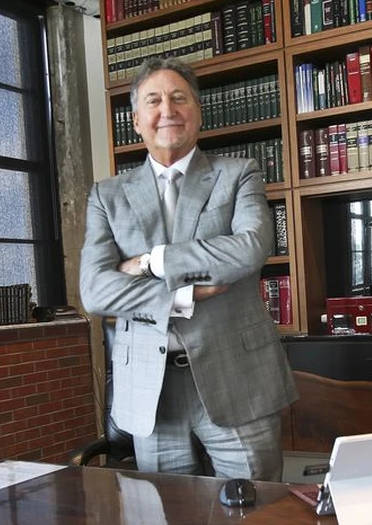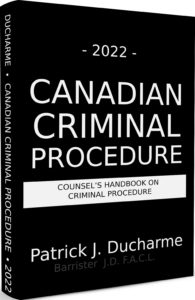 |
| Patrick Ducharme |
If the Crown adduces direct evidence on all the essential elements of the offence(s), the case must proceed to trial, regardless of the existence of defence evidence capable of amounting to a legitimate defence. However, when the Crown’s evidence consists of, or includes, circumstantial evidence, the Judge must engage in a limited weighing of the evidence to determine whether a reasonable jury properly instructed could return a verdict of guilty based on that evidence.
In performing this limited weighing of circumstantial evidence, the Justice does not draw inferences from facts. Nor does she assess credibility. Instead, the Justice’s task is to decide whether, if the Crown’s evidence is believed, it would be reasonable for a properly instructed jury to infer guilt.

The above is the an excerpt of Patrick J Ducharme's book, Canadian Criminal Procedure, available at Amazon or in bulk through MedicaLegal Publishing along with Criminal Trial Strategies.
Subscribe to Patrick Ducharme's Youtube Channel
